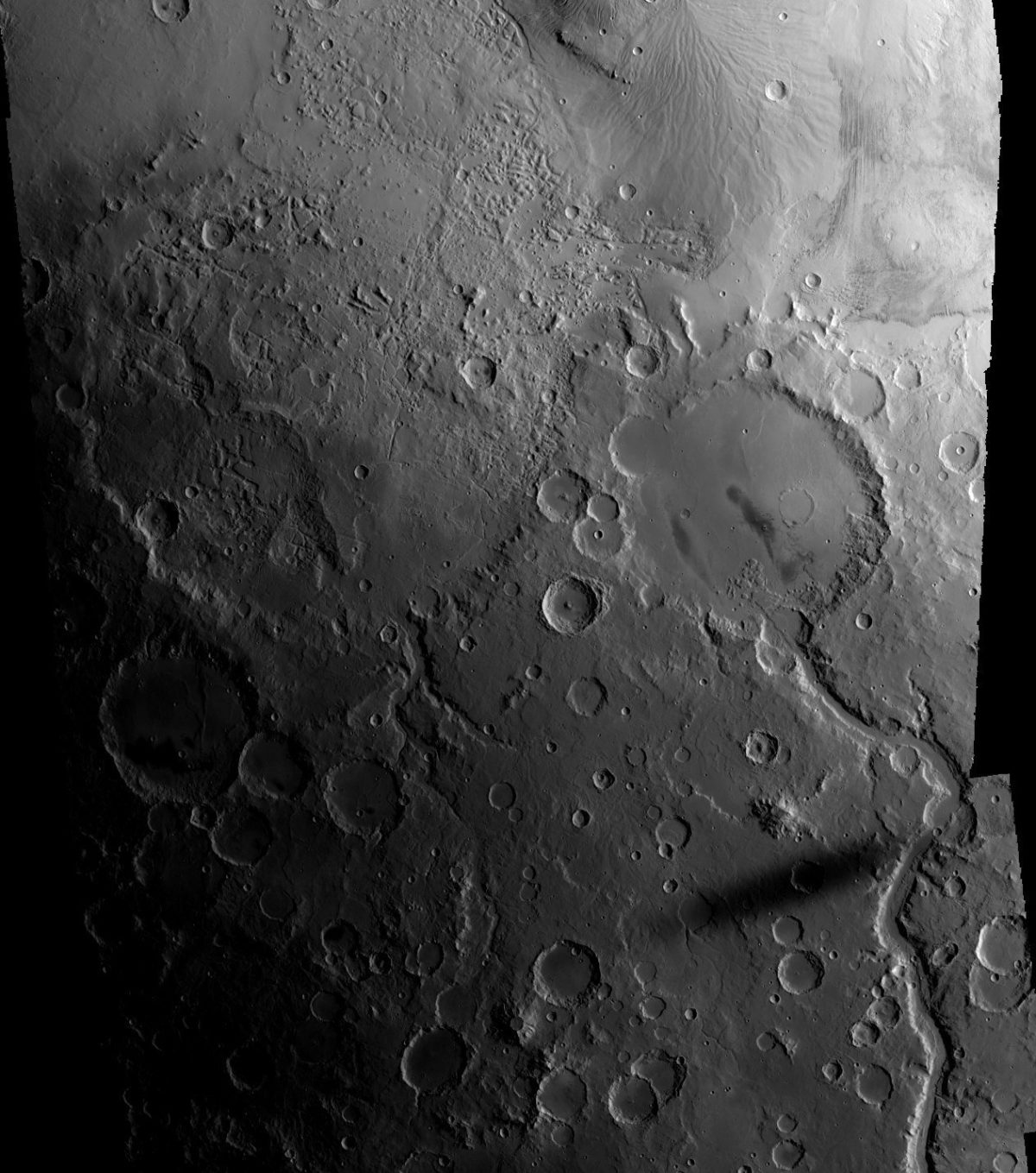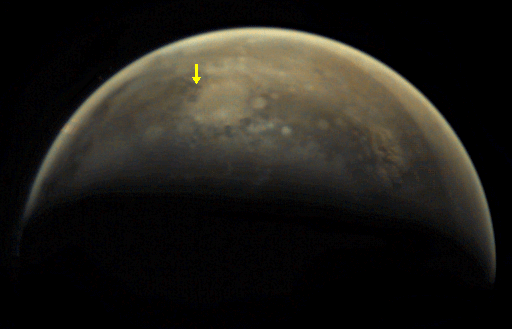Emily Lakdawalla • Aug 20, 2013
A special Phobos eclipse
It's eclipse season for Curiosity right now -- the rover has recorded several transits of Phobos and Deimos across the Sun. Those images are cool enough on their own. But today was an especially good Phobos transit, where it blotted out maybe a third of the Sun's disk. And the Curiosity team performed a cool trick. While Phobos was blotting out the Sun, and while Curiosity was taking pictures of the transit with her Mastcams, she also used her Hazcams to take a wide-angle shot of the landscape. What happens when a moon blots out the Sun? It gets darker. Can you see the effect of Phobos' passage in this animation? It's like a plane flying overhead! Except, instead of a plane, it's a space potato!
COOOOOOOOOOOOOOOL.

The animation presently only includes thumbnail images from Mastcam. Thumbnails are one eighth the full resolution of the camera. So the images of the Sun don't look very good yet. I'll replace this animation with an improved one once the full-res images have been returned to Earth.
I showed this animation to Bruce Betts (our esteemed Director of Projects) and he pointed out to me that he's one of the few people around who's actually done research on Phobos' shadow. He told me:
About 20 years ago I published a paper analyzing the first orbital thermal infrared observations of a Phobos shadow crossing the surface, from the now-mostly-forgotten Phobos '88 mission [also known as Phobos 2]. At that time I tried to imagine what the eclipse would look like and how the landscape would appear if one were on Mars. To actually see both of these from Curiosity... I can't even properly express how amazing and cool that is to me!
Speaking of cooling, amazingly, in fluffy-dust-covered areas on Mars, even a partial eclipse for about 20 seconds causes a few degrees' drop in surface temperature. That would not be true in the much rockier area Curiosity is in.
I thought it'd be fun to show an image of a similar event, shot from above. Here is a still image of Phobos' shadow crossing the surface of a different spot on Mars, near Spirit's landing site.

And here's another animation, also from Mars Express:

Support our core enterprises
Your support powers our mission to explore worlds, find life, and defend Earth. You make all the difference when you make a gift. Give today!
Donate

 Explore Worlds
Explore Worlds Find Life
Find Life Defend Earth
Defend Earth

